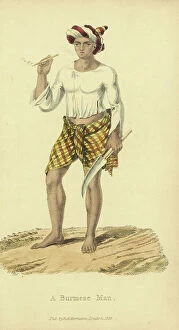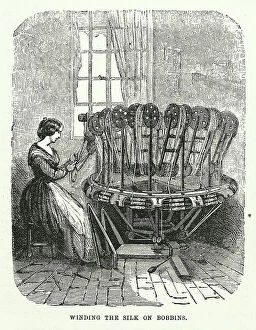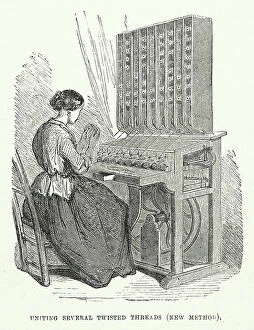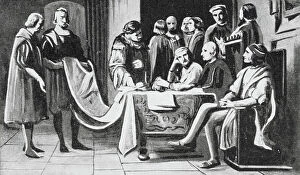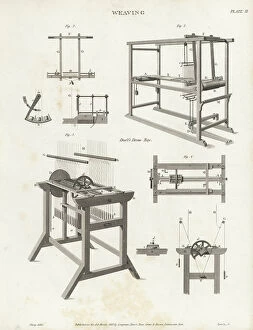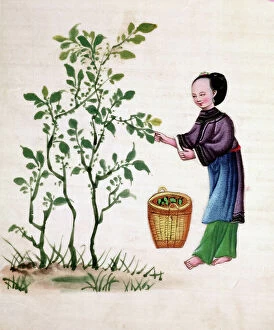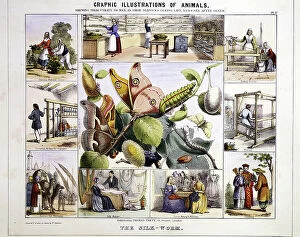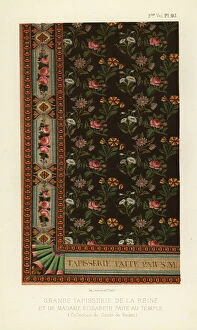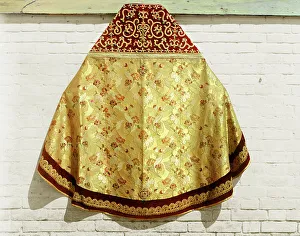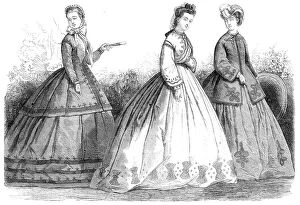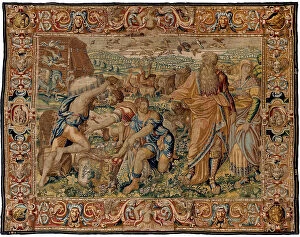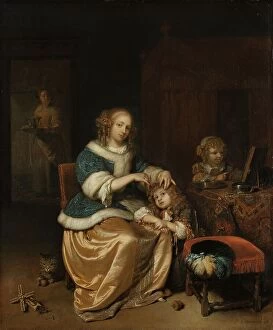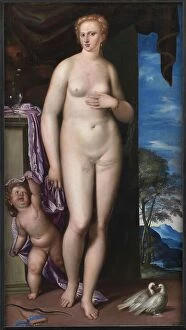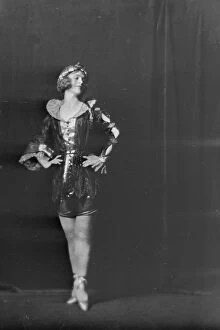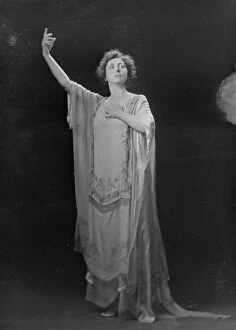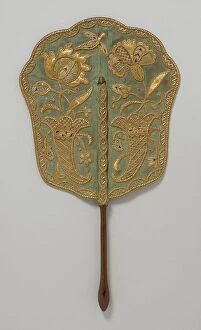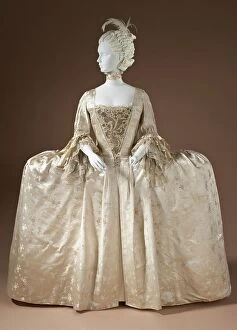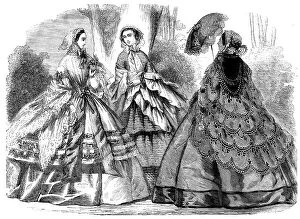Silk Collection (page 8)
Silk, the epitome of elegance and luxury, has a rich history that spans across continents and centuries
All Professionally Made to Order for Quick Shipping
Silk, the epitome of elegance and luxury, has a rich history that spans across continents and centuries. From the Map of the Empire of King Alexander the Great to The Royal Bride, it has adorned royalty throughout time, symbolizing opulence and refinement. In Fashions for 1954, silk took center stage as it draped gracefully on women with impeccable style. Just like a Twenties flapper girl sitting at a cocktail bar exuding confidence and allure, silk dresses accentuated their every move. The timeless beauty was captured in Reading Aloud by Albert Joseph Moore in 1884. Its delicate threads whispered stories from generations past while Working drawings by William Morris showcased intricate patterns woven into this luxurious fabric. Fred Archer's mastery behind the lens immortalized Burmese women donning their native attire made from vibrant silks. Their colorful garments reflected their culture's vibrancy and traditions. A red-headed girl seated in a sheer red dress evoked passion and sensuality through her choice of clothing. Silk clung to her curves like second skin, leaving little to the imagination but everything to desire. As Aphra Farquhar walked down the aisle wearing her wedding dress designed by Worth, all eyes were captivated by its ethereal beauty. Silk cascaded around her like a cloud of pure enchantment as she embarked on her journey towards eternal love. Good Morning. David Wright's artwork depicted an elegant woman wrapped in silk sheets as she greeted each day with grace and poise. The softness against her skin mirrored the gentle embrace of morning light. Even historical figures such as Henry Fiennes Pelham Clinton (1750-1778), Earl of Lincoln - Gainsborough Dupont recognized silk's allure when they chose it for their portraits. It became synonymous with power and prestige during those times. Silk is not merely a fabric; it embodies artistry, craftsmanship, and sophistication that transcends time.

